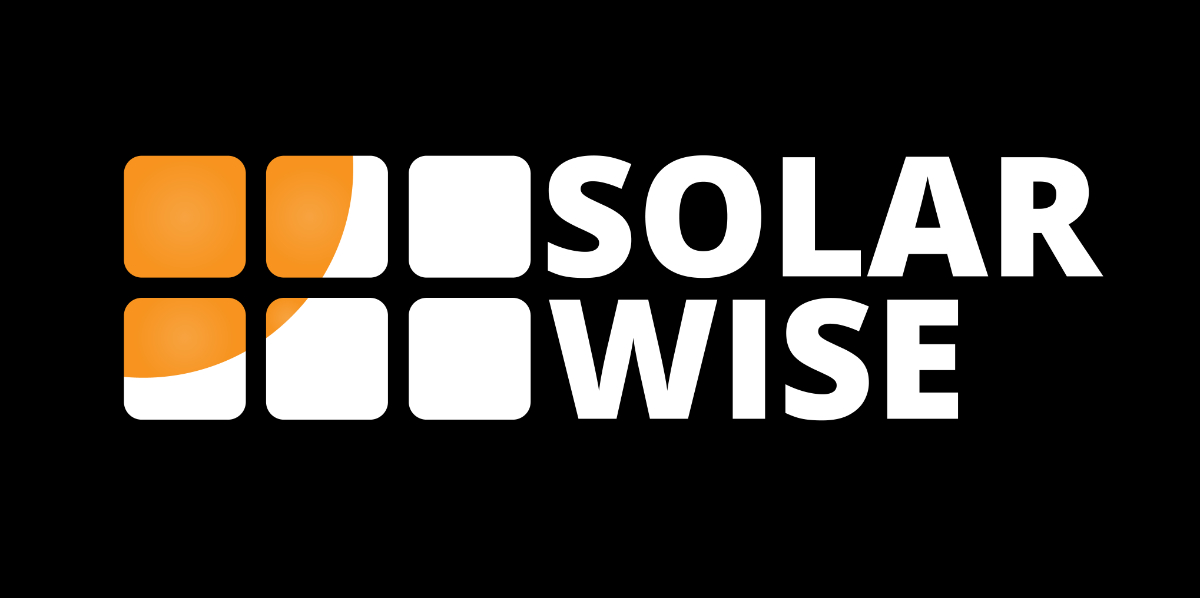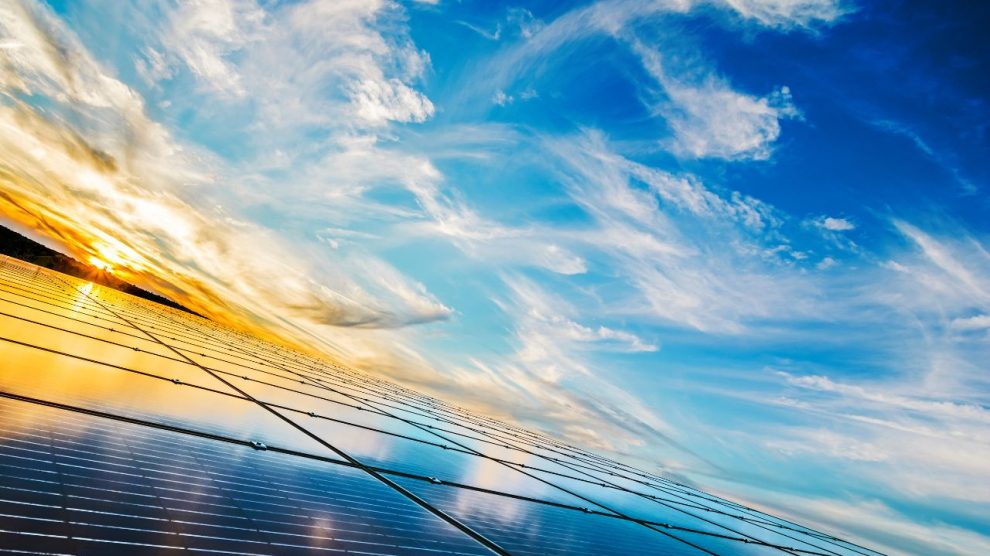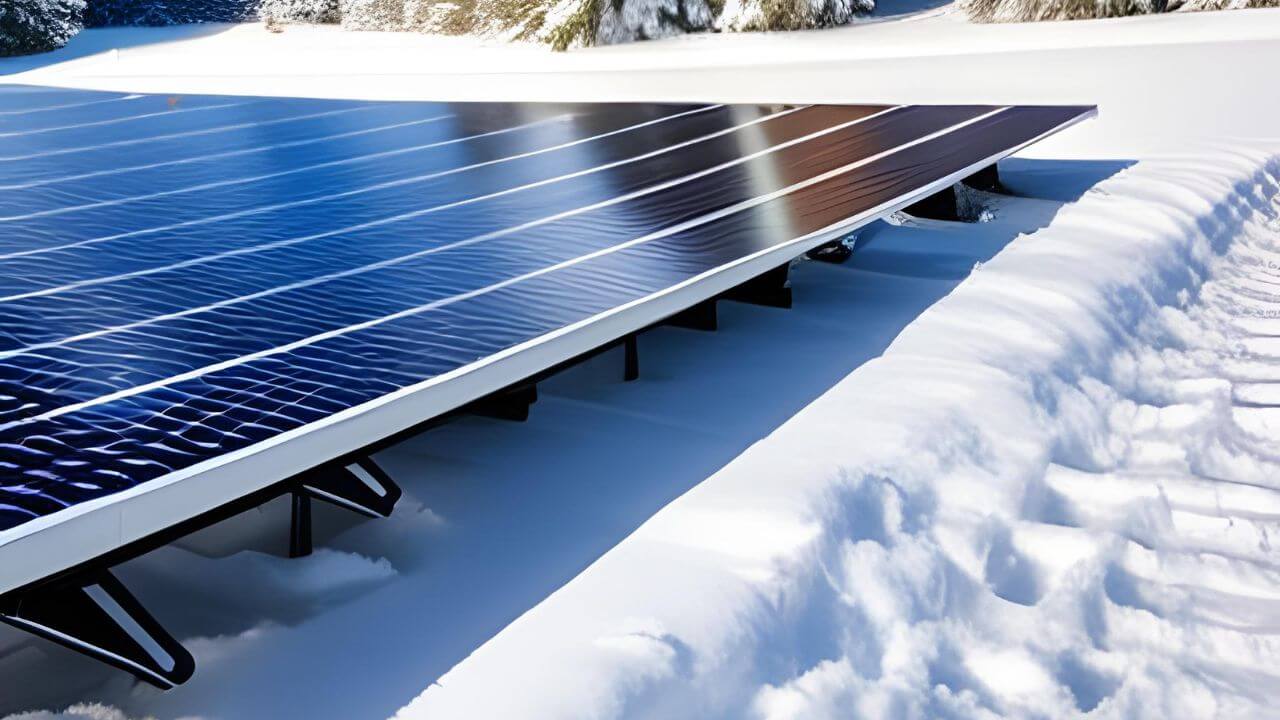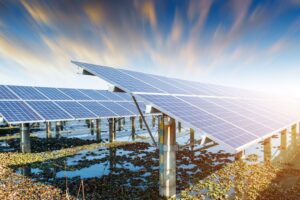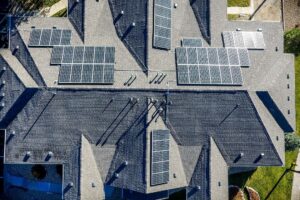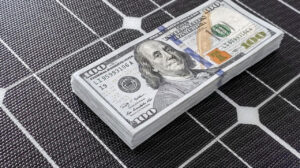You might be pondering the longevity of solar panels, particularly when contemplating the enduring advantages of utilizing solar energy. Ultimately, understanding the potential lifespan of solar panels is vital in evaluating the investment. As per professionals in the sector, solar panels usually endure for 25 to 30 years, sustaining an efficiency level close to 80% even past twenty years of operation. This notable lastingness, coupled with the environmentally friendly and renewable nature of solar energy, constitutes it a prudent selection for both homeowners and enterprises.
Now, let’s delve deeper.
Factors Affecting Solar Panel Lifespan
- Quality of Manufacturing
- Material Quality: The quality of materials used in manufacturing solar panels significantly influences their lifespan. Utilizing high-grade silicon, efficient conductive metals, and robust glass can notably extend a panel’s life.
- Production Standards: Manufacturers adhering to high production standards, often indicated by certifications like ISO 9001, are more likely to produce panels with longer lifespans.
- Installation Expertise
- Professional Installation: Engaging with a professional solar installer ensures that the panels are set up correctly, avoiding premature wear and tear.
- Optimal Angle and Positioning: Installers well-versed in geographic and climatic conditions can determine the optimal angle and position for the panels, facilitating longer life through maximum sunlight exposure.
- Environmental Factors
- Weather Conditions: Solar panels are subject to varying weather conditions. Panels in areas with harsh weather conditions like hail, snow, and high winds may experience a reduced lifespan.
- Temperature Fluctuations: Constant temperature fluctuations can induce thermal cycling, causing material fatigue over time, thus potentially reducing the lifespan of solar panels.
- Maintenance and Upkeep
- Routine Cleaning: Regular cleaning to remove dust, bird droppings, and other debris can prevent hot spots and ensure that the panels function optimally for a longer period.
- Preventive Maintenance: Engaging in preventive maintenance, including regular inspections for potential issues like water ingress or delamination, can help prolong the life of solar panels.
- Technological Advancements
- Solar Panel Innovations: The ever-evolving technology landscape can influence the lifespan of solar panels. Panels built with recent advancements have a longer life than older technology.
- System Optimization: Implementing system optimizations, like adding solar tracking systems, can enhance the efficiency and lifespan of solar panels.
- Electrical Load and Usage Patterns
- Balanced Load: Ensuring the solar panels are not consistently operating at peak capacity can prevent premature degradation and extend their life.
- Adaptive Energy Management: Incorporating smart adaptive energy management systems can optimize electricity generation, preventing undue stress on the solar panels and thus extending their life.
- Government Policies and Incentives
- Quality Standards: Governments often impose quality standards on solar panel manufacturing, promoting the production of panels with a longer lifespan.
- Green Energy Initiatives: Participation in government-backed green energy initiatives can foster the installation of high-quality solar systems built to last for extended periods.
- In conclusion, to enhance the lifespan of your solar power investment, prioritize quality manufacturing and professional installation while being cognizant of the environmental factors and maintenance needs. Stay up-to-date with the latest technological advancements and leverage government policies to get the most out of your solar panel system.
Average Lifespan of Solar Panels
On average, solar panels last between 25 to 30 years. However, this doesn’t mean they suddenly stop working after this period. Instead, their efficiency may decline gradually, generating less electricity over time.
Signs of Solar Panel Degradation
Early detection of solar panel degradation can save you from unexpected disruptions and ensure the longevity of your system. Look out for these unmistakable signs:
- Decreased Power Output: The foremost sign of solar panel degradation is a noticeable decrease in power output. This reduction could be due to many factors, such as aging, accumulated dirt, or malfunctioning components.
- Discoloration of Panels: Solar panels may show signs of discoloration with time, indicating potential degradation. This might be due to the gradual deterioration caused by exposure to the elements or possibly a manufacturer defect.
- Hot Spots on the Panels: Hot spots can develop due to the uneven aging of cells, overshadowing, or electrical issues within the panel. These hot spots can be viewed through thermal imaging technology, a tool often used by solar maintenance professionals.
- Cracks and Fractures: Physical damage, such as cracks and fractures, can seriously compromise the efficiency of a solar panel. These cracks can occur due to environmental factors like hailstorms or falling debris.
- Delamination: Delamination is a process where the protective layers of the solar panel begin to separate, exposing the internal components to external elements, potentially leading to further degradation and decreased performance.
- Corroded Frames and Junction Boxes: Solar panels have metallic frames and junction boxes that can corrode over time, especially in locations with high humidity or salty air. This corrosion can lead to the degradation of the panel’s structural integrity.
- Micro Cracks: Micro cracks can develop over time due to thermal cycling and mechanical stresses. Although not immediately noticeable, these cracks can proliferate, leading to significant power loss over time.
- Inverter Issues: An underperforming inverter can often be a sign of larger issues with your solar panel system. Keeping a close eye on the inverter’s performance can prevent potential problems from escalating.
You can ensure a long-lasting and well-performing solar energy system by keeping an eye on it. If you notice any of these signs of degradation, consult a solar panel professional to assess and rectify the issues promptly.
Solar Panel Warranties
Most solar panel manufacturers provide warranties, typically covering two aspects:
- Performance warranty: With this assurance, you can be certain that your solar panels will retain a specific level of effectiveness over their lifetime. As an illustration, a performance warranty spanning 25 years could guarantee an 80% efficiency rate for your panels even after the full 25 years.
- Product Warranty: Typically spanning a period of 10 to 12 years, this warranty safeguards against faults in both the materials used and the quality of workmanship put into the product. Your solar panels will function optimally by guaranteeing the absence of manufacturing defects.
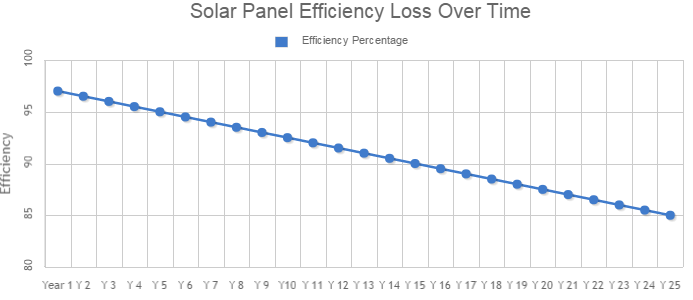
Credit: solar-power-now.com
Recycling and Disposal of Solar Panels
When it’s time to replace your solar panels, it’s essential to dispose of them responsibly. Many components in solar panels, including glass, aluminum, and silicon, can be recycled. Some manufacturers offer take-back programs, while recycling facilities may also accept solar panels. Always check your local regulations and recycling options to ensure proper disposal.
FAQ
What is the maintenance of solar panels?
Solar panel maintenance involves periodic inspection, cleaning, and addressing potential issues to ensure optimal performance. Typically, maintenance includes:
- Checking for dirt and debris.
- Clearing any accumulated snow or ice.
- Examining the mounting system and connections for any signs of wear or damage.
Solar panels are generally low-maintenance, with some studies suggesting an average annual energy loss of only 0.5% due to dirt accumulation. Nonetheless, proper maintenance can help extend the panels’ lifespan, enhance efficiency, and maximize return on investment.
What is the failure rate of solar panels?
The failure rate of solar panels is relatively low, with most panels having a 25-30 years lifespan. According to a study, solar panels have an annual degradation rate of about 0.5% to 0.8%. This means that after 25 years, a solar panel may retain approximately 80-87.5% of its original efficiency. High-quality panels from reputable manufacturers tend to have even lower failure rates, making solar energy a trustworthy and long-lasting investment for homes and businesses.
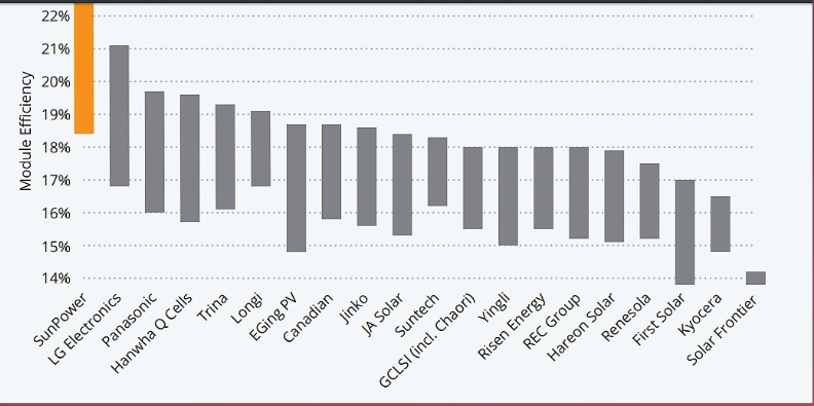
Credit: highnoonsolar.com
Is lightning attracted to solar panels?
Solar panels are not uniquely attractive to lightning. This natural phenomenon commonly targets the tallest objects in the vicinity, like trees and buildings. Nevertheless, solar panels remain susceptible to lightning strikes if they are installed on elevated structures or rooftops. Preventive measures, such as installing effective grounding and lightning protection systems, are imperative in shielding solar installations from possible lightning damage. While no specific data exists on lightning strikes impacting solar panels, adopting appropriate safety measures can substantially minimize the threat of harm and promote the durability of the solar system.
Do solar panels still work after 25 years?
Indeed, solar panels can function beyond the 25-year mark, although at a diminished efficiency. Most manufacturers provide performance warranties that assure approximately 80-90% of the original power output even after a quarter of a century. To illustrate, SunPower pledges a 92% efficiency rate after its 25-year warranty span. Although the panels might undergo some degradation as time passes, they continue to produce electricity, facilitating enduring energy cost reductions and offering positive environmental impacts.
How long do solar inverters last?
Solar inverters typically possess a life expectancy of 10-15 years, but certain superior-quality variants can extend up to 20 years. The durability of a solar inverter is influenced by elements such as the grade of the components, the surrounding environmental conditions, and upkeep practices. Continuous supervision and care of your solar inverter guarantees peak functioning and prolongs its service life. Frequently, manufacturers of solar inverters offer warranties ranging from 5-15 years, affording you reassurance and supplementary assistance throughout the product’s life cycle.
